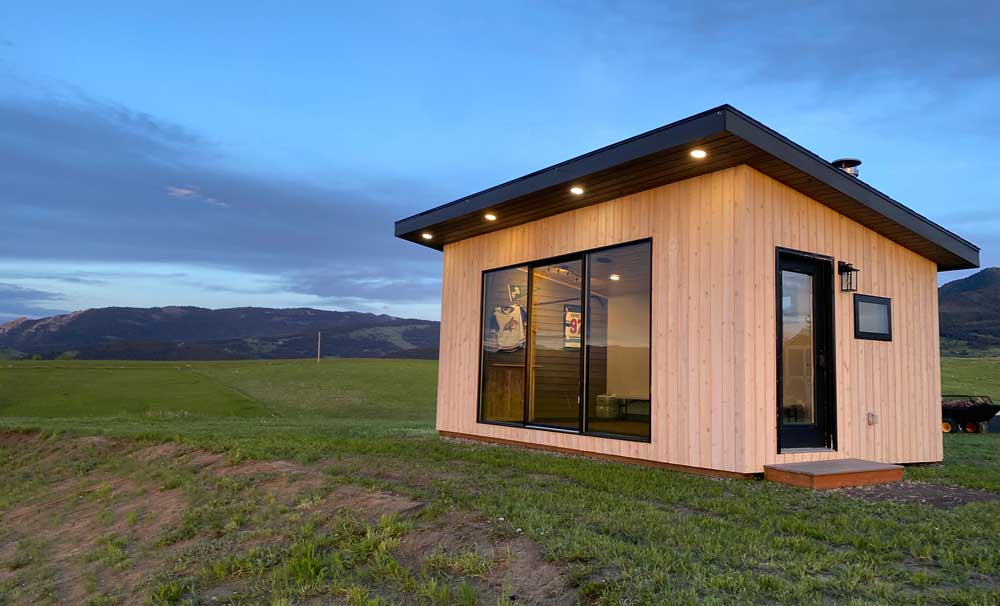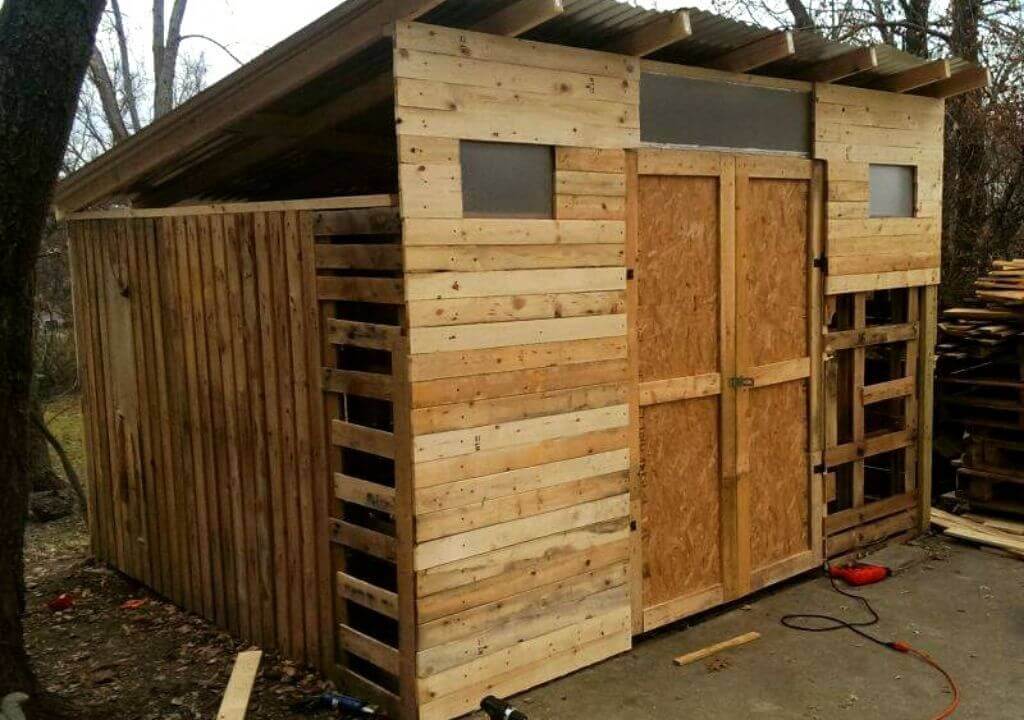Building Your First Shed: A Beginner's Guide
So, you're thinking about building a shed? That's awesome! It's a fantastic project that can really boost your property value and give you that extra storage space you've been craving. But maybe the thought of it all feels a bit overwhelming. Don't worry, you're not alone! Building a shed can seem daunting, but with a bit of planning and these tips, you'll be well on your way to enjoying your brand new, perfectly sized storage solution.
Planning is Key: Laying the Foundation for Success
Before you even think about grabbing a hammer, you need a solid plan. This isn't just about sketching something on a napkin (although that can be a fun first step!). Proper planning saves you time, money, and a whole lot of frustration down the line.
Choosing the Right Location
Where will your shed live? Consider these factors:
- Accessibility: Will you need easy access for a vehicle to bring in materials? Do you want it close to the house, or tucked away in a more secluded spot?
- Sunlight: Too much sun can make the shed unbearably hot. Too little, and it might stay damp.
- Drainage: Make sure the ground is relatively level and drains well to prevent water damage.
- Utilities: Think about whether you’ll need electricity or water access â€" and if so, how far away the nearest connections are.
- Local Regulations: Check with your local council or homeowner's association about any permits or restrictions on shed construction. This might include size limits, materials, and distance from property lines.
Shed Size and Design
How much stuff do you need to store? Measure it all out! A bigger shed might seem like a good idea, but it also means more materials and more work. Start with a realistic assessment of your storage needs and then choose a size accordingly. Consider the style too; do you want a simple gable roof or something more elaborate? Plenty of free shed plans are available online to browse for inspiration. Don't be afraid to adapt a plan to suit your needs.
Choosing Your Materials
This is where things can get a bit overwhelming, but remember to keep it simple for your first shed! Pressure-treated lumber is a good option for the frame because it’s resistant to rot and insects. For siding, you have several choices, from simple plywood to more attractive options like vinyl or metal. Consider your budget and aesthetic preferences.
Gathering Your Tools and Materials
Now for the fun part â€" shopping! Make a detailed list of every tool and material you need. Don't forget the little things. Rushing back to the hardware store mid-project is seriously frustrating. A good checklist will save you from that headache. Here's a general overview, but your exact needs will vary depending on your shed design:
- Measuring Tape, Level, Square, and Chalk Line â€" These are essential for accurate measurements and ensuring everything is straight.
- Saw (Circular saw and hand saw are good to have) â€" For cutting lumber to size.
- Drill and Drill Bits â€" For pilot holes and driving screws. A cordless drill makes the job easier.
- Hammer and Mallet â€" For driving nails (though screws are preferable for sheds) and aligning timber.
- Screws and Nails â€" Choose exterior-grade screws for durability.
- Post Hole Digger or Auger â€" For setting the foundation posts.
- Shovel and Wheelbarrow â€" For moving materials and preparing the ground.
- Safety Gear: Safety Glasses, Work Gloves, Hearing Protection â€" You absolutely MUST prioritize safety!
Building the Foundation
A solid foundation is crucial for a long-lasting shed. There are several ways to approach this, from a simple concrete slab to a more complex pier and beam system. For beginners, a simple concrete pier foundation is usually a good choice. This involves digging holes, setting concrete piers, and then attaching your base plates.
- Digging the Holes: Use your post hole digger to dig holes that are deep enough and wide enough for your piers. The depth will depend on your local frost line and the type of soil.
- Setting the Piers: Fill the holes with concrete, ensuring the piers are level. Use a spirit level to check this regularly.
- Attaching the Base Plates: Once the concrete has set, attach your base plates (pressure-treated lumber) to the piers using appropriate fasteners.
Framing the Shed
This is where the bulk of the work happens. You'll be building the frame that will support the walls and roof. Carefully follow your plans, paying close attention to the dimensions and angles. Squareness is crucial here! Take your time, double-check measurements, and don’t rush this stage.
Sheathing, Siding, and Roofing
Once the frame is up, you'll add sheathing (plywood or OSB) to create a solid surface for the siding. This will also provide extra stability. Then, install your chosen siding material. Finally, complete the roof structure and install the roofing material. Again, carefully follow your chosen plans, and don't hesitate to ask for help if you're unsure about any aspect of the process.
Finishing Touches
Once the structure is complete, it's time to add the finishing touches! This might include installing a door and windows, painting or staining the exterior, and adding any interior shelving or features you desire.
Commonly Asked Questions
Q: How long does it take to build a shed?
A: This varies greatly depending on the shed's size and complexity, your experience level, and the weather. A simple shed might take a weekend for an experienced builder, while a more complex project could take several weeks for a beginner.
Q: How much does it cost to build a shed?
A: The cost depends heavily on the size, materials, and complexity of the design. You can build a simple shed for a few hundred dollars, while more elaborate structures can cost thousands.
Q: Do I need a permit to build a shed?
A: This depends on your location and local regulations. Check with your local council or homeowner's association before starting construction.
Q: What if I make a mistake?
A: Don't panic! Mistakes happen. If you make a significant error, it might be necessary to redo that section. It's always best to take your time and double-check your work at each stage.
Q: Can I build a shed by myself?
A: It's possible, especially for smaller, simpler sheds. However, having a helper can be incredibly beneficial, especially for lifting heavy materials and holding things in place.
Building a shed is a rewarding experience, even if it presents some challenges along the way. Remember to prioritize safety, plan carefully, and take your time. Good luck, and happy building!





